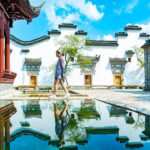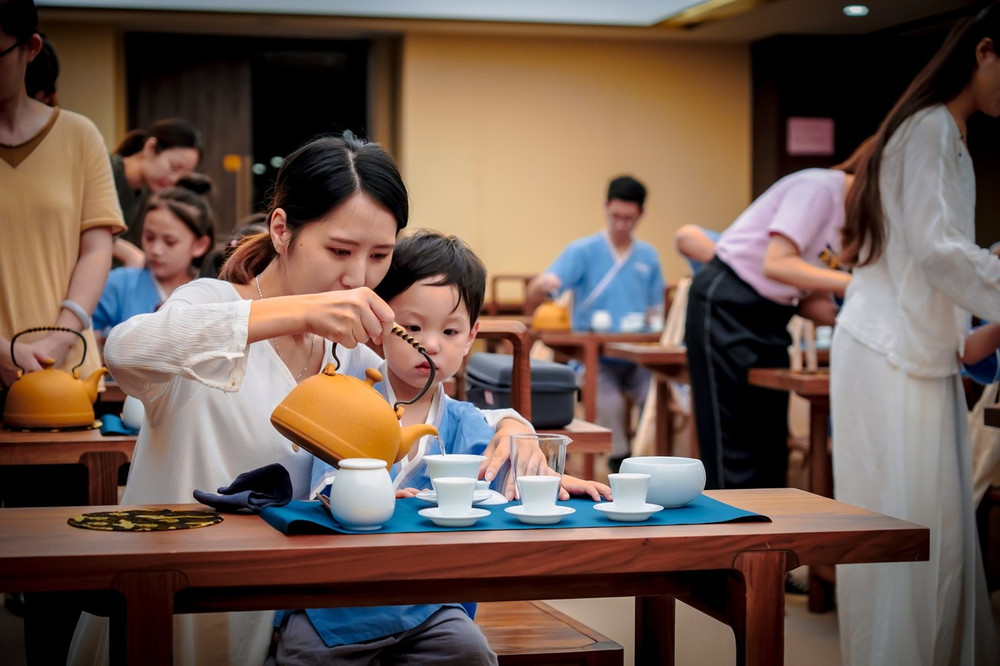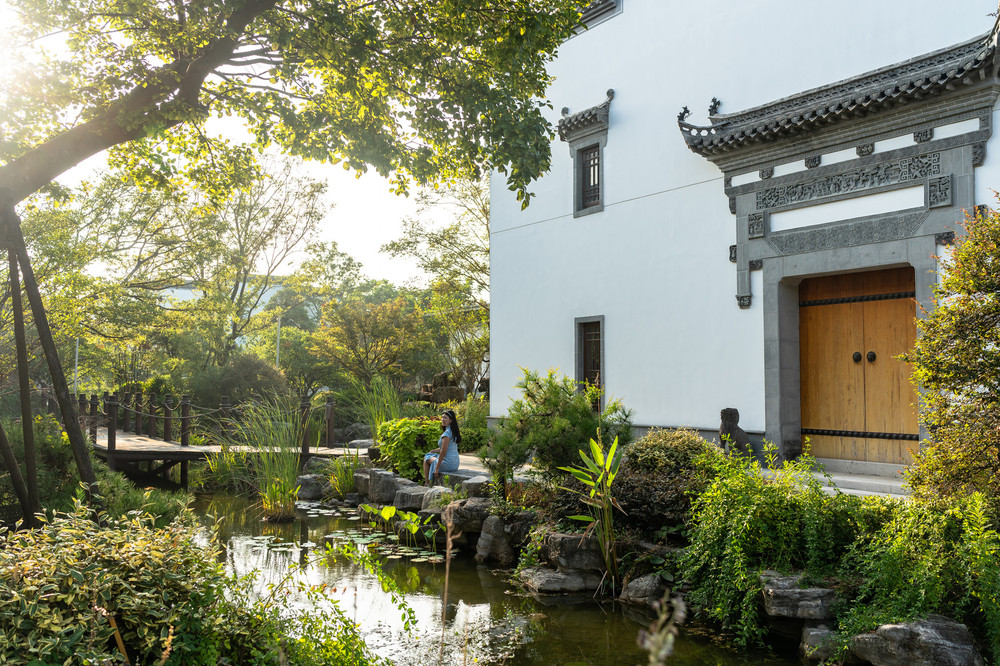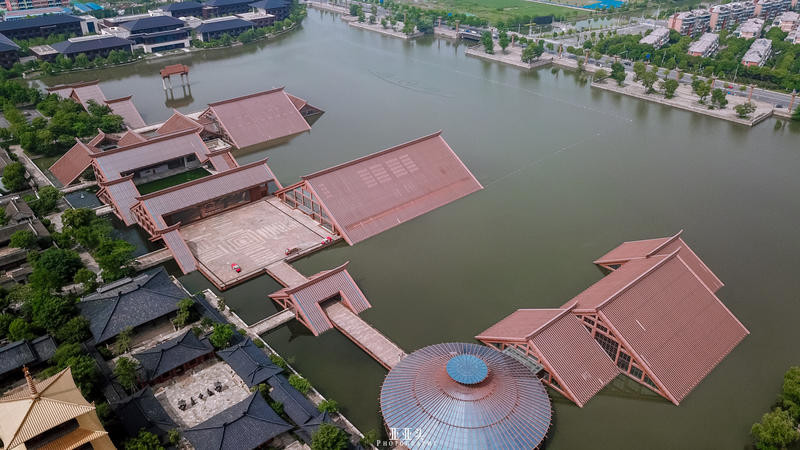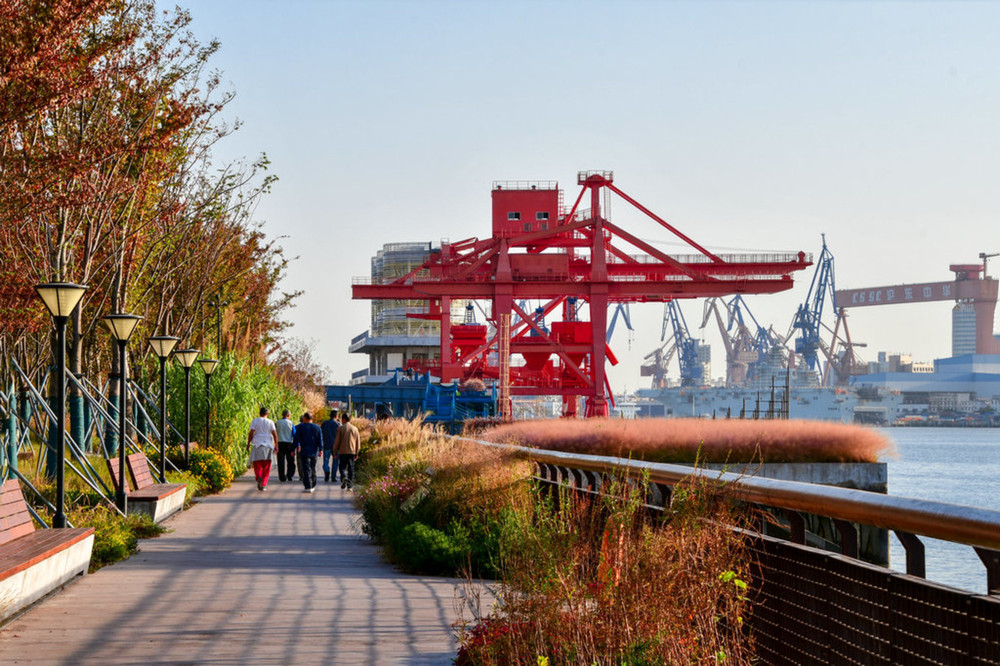Duration: 1 Day
Time: January
With Whom: Spouse
Style: Self-driving, Cultural, Free and Easy, Hiking, Budget Travel, Weekend Getaway
Published on: 2022-04-26 23:46
Travel Destination: Shanghai Museum’s Wanderers Special Exhibition
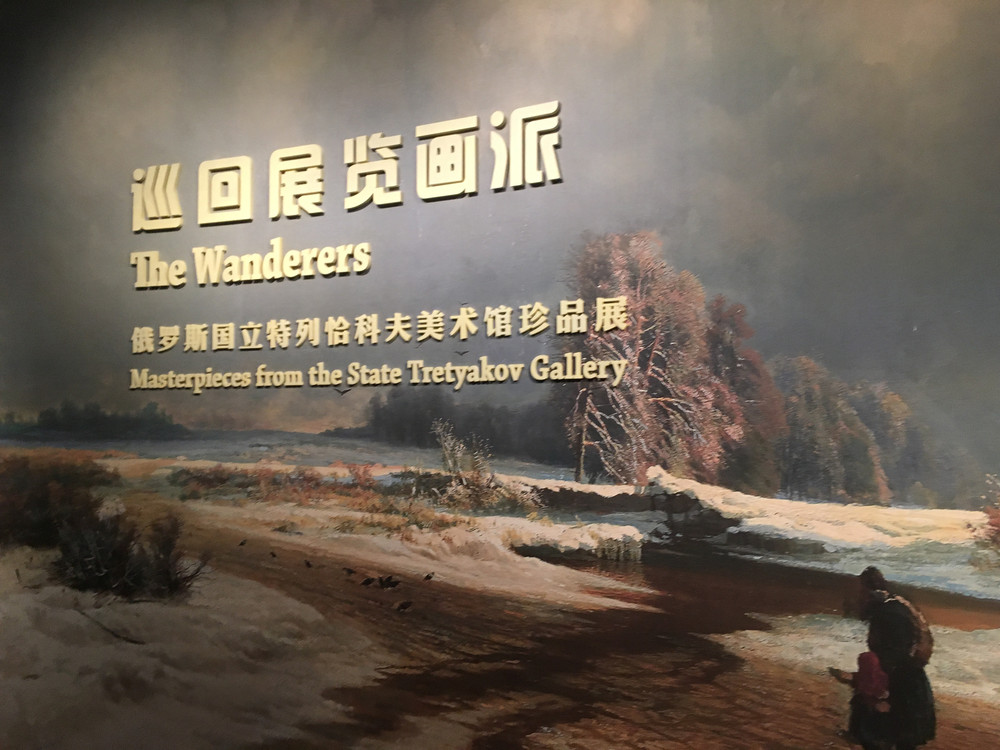
Coinciding with another special exhibition at the Shanghai Museum was the ‘Wanderers — Treasures from the State Tretyakov Gallery of Russia’. Although we are not connoisseurs of oil paintings, the mention of ‘State’ suggests that the works on display must be of high quality, naturally we had to visit.
The portrait of Pavel Mikhailovich Tretyakov is an oil painting on canvas, authored by Ilya Efimovich Repin. Honestly, the length of the painting’s name and the artist’s name almost took my breath away. The portrait is very lifelike, with the subject situated in a gallery exhibition hall, surrounded by paintings, his expression concentrated as if he is observing another painting on the wall.
The special exhibition is divided into six parts.
The first part, ‘Academy and Tradition’, showcases works in the academic style. ‘Children Fleeing a Storm’ is a work by the most talented academic painter of the 1860s to 1880s, Konstantin Yegorovich Makovsky. The figures are very lifelike, with cumulus clouds piling up and strong winds sweeping, depicting an impending storm. The frightened child is carrying a younger boy on his back, rushing to escape the storm, racing against time.
Fyodor Andreevich Bronnikov is an official academic artist who supports salon painting, often focusing on ancient myths and historical subjects. ‘Blessing of the Hermae Columns’ depicts a scene of Greeks erecting a column topped with a Hermes head by the roadside, executed with great delicacy.
The second part, ‘Itinerant and Pioneers’, displays some of the works from the first itinerant art exhibition held by the Itinerant Art Exhibition Association in St. Petersburg in 1871. Ivan Ivanovich Shishkin’s ‘Night’ depicts the beauty of a Russian midsummer evening, with detailed depictions of flowers, plants, and trees, and smaller, yet lifelike figures in the background.
The third part, ‘Nature and Emotion’, exhibits Russian landscape paintings, including the early signs of spring, the vibrant colors of autumn, and the snowy forests of winter. Fyodor Alexandrovich Vasilyev’s ‘Thaw’ portrays the winter scenery of Russia, with desolate land and monotonous scenery, yet on the artist’s canvas, it manifests a sense of desolate beauty. An old and young duo wandering in the snow seem not to be admiring the scenery but rather driven by the need to make a living. Isaac Ilyich Levitan’s ‘Tranquil Place’ is not overly complex, but the image is highly expressive, with a large expanse of forest framing several beautiful buildings, and the reflection on the lake surface is meticulously painted. It is with this painting that the painter has become a hot topic in Moscow and St. Petersburg.
The fourth part, ‘Characters and Personalities’, on display are portraits. The ‘psychological portraits’ created by the masters have the characteristics of perceiving the personality of the object and revealing the psychology of the characters. Vasily Grigorievich Perov’s ‘The Wanderer’ depicts an elderly wanderer in a long robe with a full beard. His eyes are calm and seem to be looking at something. His pair of eyes is especially vivid. When you look at him, it seems as if he is also looking at you. Nikolai Aleksandrovich Yaroshenko’s ‘The Student’ wears a top hat, with one hand in his trouser pocket and the other in his coat pocket. His clothes are very thick and it seems to be a winter portrait. Ivan Nikolaevich Kramskoy’s ‘Unknown Woman’ is one of the most famous and cherished artistic masterpieces in nineteenth-century Russia. The woman is extremely realistic in style. The painter’s depiction is very detailed. Not only is the woman’s facial expression gentle and moving, but even the ostrich feathers, lacquered wooden carriage and slightly rough leather are vividly presented. Ilya Yefimovich Repin’s ‘Leo Tolstoy’ is very simple in composition. It is a seated portrait, with one hand on the armrest of the chair and the other holding a book, looking straight ahead. Repin created dozens of oil paintings and sketches of Tolstoy in his life. This one is the most important.
The fifth part, ‘History and Reality’, genre paintings from the 1870s are displayed, mainly focusing on ordinary scenes with many characters. Viktor Mikhailovich Vasnetsov’s ‘Alyonushka’ is based on### Petersburg: Konstantin Apollonovich Savitsky’s ‘Building a Railway’
Konstantin Apollonovich Savitsky’s debut work after graduating from the academy, “Building a Railway,” captures a vivid scene of railway workers constructing a railway. The painting is characterized by its distinct characters, with a mix of close-ups and distant views that create a strong sense of three-dimensionality. Savitsky, a renowned member of the Peredvizhniki Association, began showcasing his talent during his academy days through participation in the association’s exhibitions.
### Vladimir Yegorovich Makovsky’s ‘Bankruptcy’
Makovsky’s “Bankruptcy” portrays a scene of great congestion, vividly illustrating the psychological states of joy and sorrow due to a bank’s collapse. The painting is dominated by grays, browns, and blues, which together create a harmonious overall impression. This work is also one of the artist’s most famous pieces.
### Innovation and Exploration: Early Twentieth Century Art
The sixth section, titled ‘Innovation and Exploration,’ presents paintings from the early twentieth century, a time marked by the emergence of new artistic groups and organizations. The works of this new generation are known for their bright and rich colors, as well as their more open and free brushwork.
### Abram Yefimovich Arkhipov’s ‘On the Oka River’
Arkhipov’s “On the Oka River” uses bright sunlight and a slightly blue river as a backdrop, with peasants rowing across in a relaxed manner, showcasing an optimistic spirit. This work was highly praised at the time: “In terms of brushwork and lighting, this ‘On the Oka River’ is likely the most outstanding work of the 1890 Itinerant Art Exhibition.”
### Stanislav Yulianovich Zhukovsky’s ‘Spring in the Woods’
Zhukovsky’s “Spring in the Woods” depicts the natural scenery of Russia, with rippling waves in forest streams and slow melting snow, accompanied by tree branches swaying in the wind. This painting evokes a sense of the artist’s deep affection for his homeland’s landscapes.
### Still Life Paintings
In contrast to the vibrant colors and rich hues of still life paintings, landscape paintings are preferred for their natural coloring. These works allow the viewer to appreciate the artistry without being overwhelmed by technique, focusing instead on the beauty of the natural world.
—
This reformatted content is now more reader-friendly, with each section clearly titled and the main points emphasized for easy comprehension.


